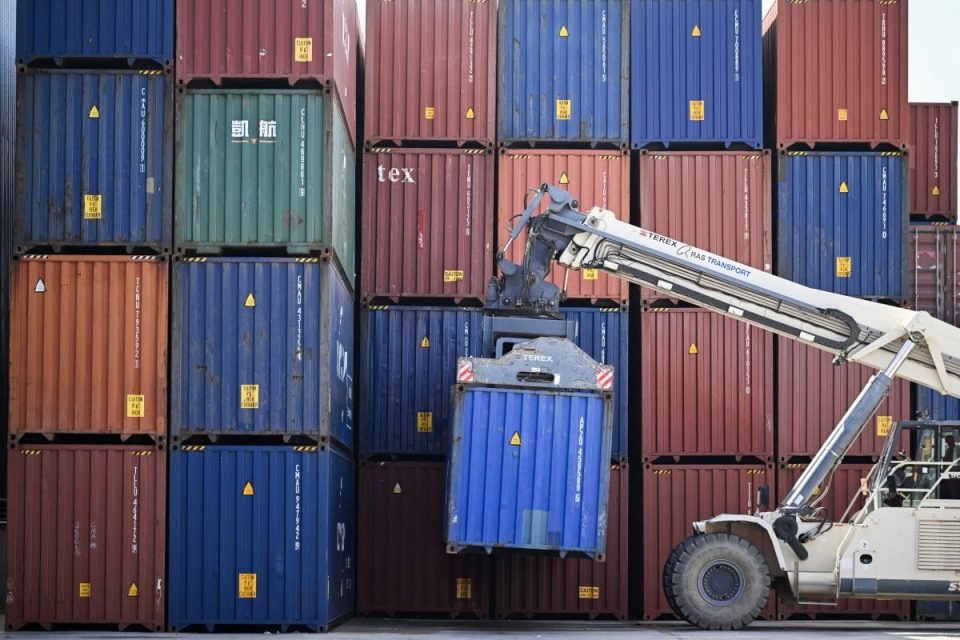The Mozambican government has announced plans to raise the logistics sector’s contribution to the national economy from 8% to 20% by 2027, backed by large-scale investments in ports, rail, and road networks. Officials believe that the country’s geographic position and transport corridors could make logistics a leading driver of economic growth within the next three years.
National Director of Logistics at the Ministry of Transport, Fernando Ouana, told state news agency Agência de Informação de Moçambique (AIM) that logistics is still underutilized despite Mozambique’s potential as a regional hub. “The contribution of logistics is at a minimum. We need to increase it, because the country can survive on logistics, and that is our effort,” Ouana said.
The Maputo Corridor is central to the government’s strategy. Connecting Mozambique with South Africa, Botswana, and Zimbabwe, it is already one of the busiest routes in the region. Around US$2 billion is being invested to expand the Port of Maputo, including the modernization of container and coal terminals. A new railcar unloading system is being introduced to reduce bottlenecks, while work is ongoing to strengthen the Ressano Garcia border crossing with South Africa. Plans for a one-stop border post integrating customs and immigration systems are expected to improve efficiency, alongside upgrades to National Road Number 4 (N4), which has become a major choke point for truck traffic heading to the port. In addition, Mozambique is upgrading the railway line to Zimbabwe to attract more freight from both Zimbabwe and Botswana.
While Maputo is seeing rapid upgrades, the Beira Corridor faces several constraints. Serving Zimbabwe, Zambia, and Malawi, the Port of Beira is undergoing modernisation of terminals and the acquisition of new equipment to boost efficiency. Fuel handling is another critical issue, with the current terminal capacity of three million cubic metres falling short of demand. Plans are in place to expand capacity to five million cubic metres. Authorities are also studying the construction of a new pipeline from Beira to Harare. The project aims to reduce reliance on tanker trucks, cut transport costs, and improve the flow of fuel to Zambia and neighbouring countries.
In northern Mozambique, the Nacala Corridor features the country’s most modern port but has not yet achieved its full potential due to limited rail integration. Ouana said better railway connections to Zambia and Malawi would be crucial to attracting consistent cargo volumes and transforming Nacala into a regional logistics hub. “Nacala can become a structuring hub for regional integration if we can extend the railway and attract consistent volumes of cargo from Zambia and Malawi,” he noted.
Mozambique’s strategy highlights the importance of its three key corridors – Maputo, Beira, and Nacala – in driving trade across Southern Africa. By modernizing ports, improving border efficiency, and expanding rail and road capacity, the government aims to position the country as a competitive logistics gateway. If the initiatives succeed, officials believe logistics could become one of Mozambique’s main economic pillars, raising its contribution to GDP from 8% to 20% by 2027 and strengthening regional integration across Southern Africa.


